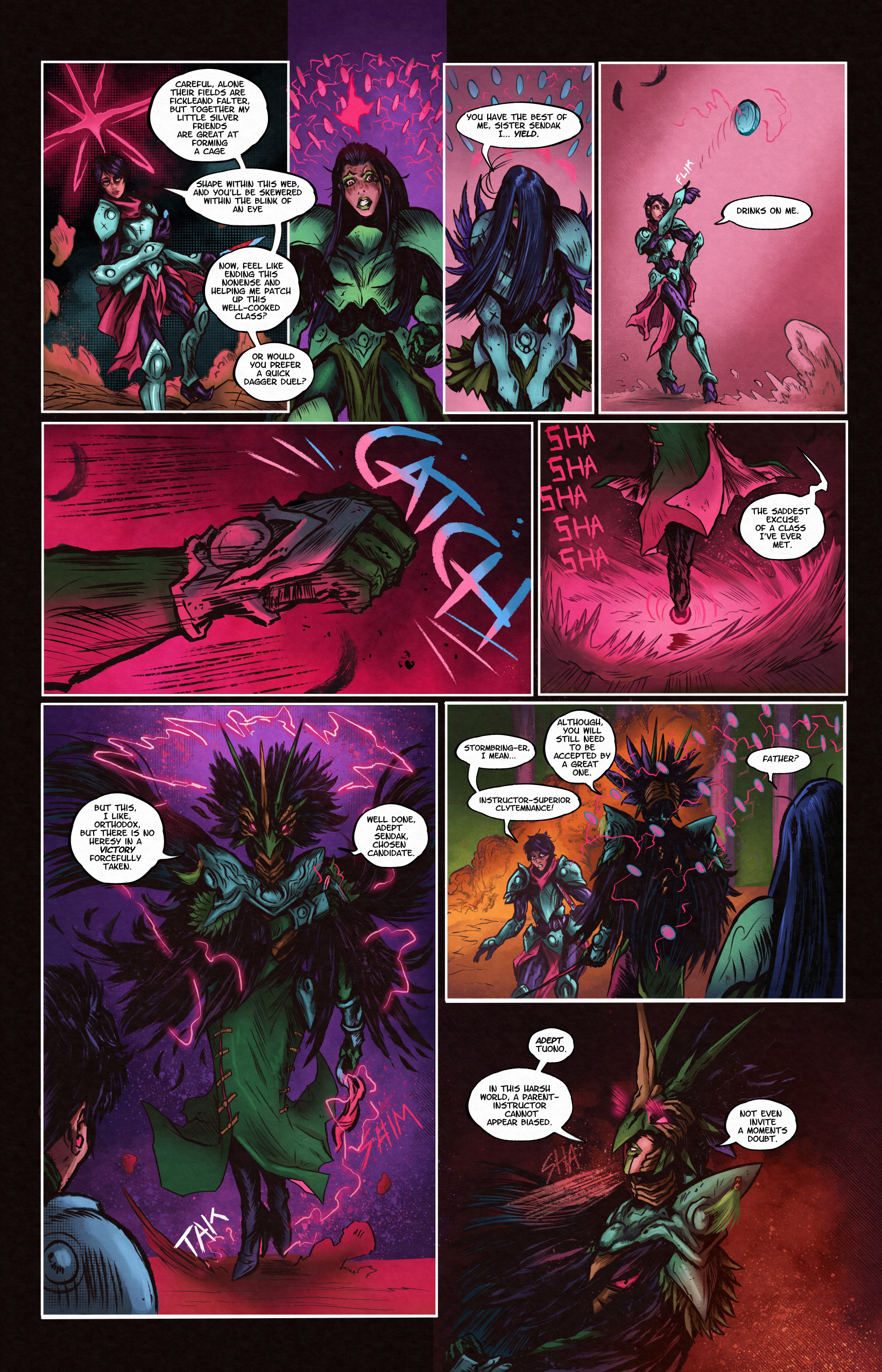KWK 243
And what can be said about the commoners that live under the Siol? The Sheolin, or Westerners, in common parlance. While having a shared history and culture, millennia apart has seen vast changes in both attitude and values. I could not hope to cover everything here, but must speak in regretfully generalist terms, for there is no “one” people of either side, but hundreds of cultures linked together, as deviation is no longer effectively purged. Which is a good thing, as there are very few cities remaining that could be safely purged any longer!
I shall brush over and mention some of the more important distinctions.The family!
Unlike the households of the city states of Jannat in the east, which are organised primarily according to ones clan or family “house”, the Sheolin have stuck with what they consider high Siol culture, where blood ties were seen as uncivilized and a primitive remnant of faulty thinking.
Instead, the common people are organised according to a (on paper strict, but in effect a rather loose and nebulous way from the view of an outsider) system of duty and service, in broad social-orders called Sects, or in some regions, named Septs.
Originally only seven* broad Sects, based on generalist Cord theory** that mixed role in society with expected behavior, culture and even personality. To take an example, a member of the Metal Sect would probably be named something like Sendak (Smith) or Tormin (Nailbiter), along with half a dozen other common surnames for this particular sect. Each member then earn favor through their various deeds and service, some of which is kept by the Sect itself.
Children were then, as now, raised by the Sect they belonged to, rather than any particular family. Although in practice a child could be raised by any family or individual within the Sect for a length of time spanning months, or even years. To complicate things further, ”families” are also not organized in the same way as in Jennat, as they are much larger, can have several men rather than just the one, and who’s membership may shift on a bi-yearly basis, depending on contract structure favored in the particular Sheol city. But I digress!
These days of course, only the lucky few get assigned to familes without earning it first. Thus having a family name along with the Sect name, is something of an honor.
Harkening back to the ancient Grand Siol Empire, every person (human or otherwise) has their place according to duty and obligations. The Sheolin will still use familiar terms like sister, father or noble, but they mean very different things to the way the people of Jannat use them, which is important to keep in mind when dealing with them. In trade, or otherwise.
*Division of six, eight or nine Septs were also common, depending on which particular orthodoxy they belonged to, as well as various systems of subdivision. At times flexible according to need, and at times very restrictive.
**We will not get into the Sheolin view on Chirality or how that affects their concept of siblings in this text. For the purposes of this overview, two or three Sheolin Sisters are rarely related by blood.
-Sheolin Sects, Family and Obligations part III, by Landis Tamerlane.

Discussion ¬